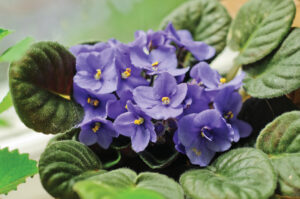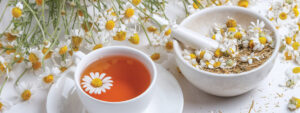
Summer means heat, humidity and maybe the lack of rain. One never knows for sure, though. We could get cool weather and lots of moisture.
Fortunately, Illinois hasn’t experienced years of severe drought, but if we go through some dry conditions, there are some things to remember and things you definitely should not do. The so-called facts and myths.
FACTS:
*Water in the morning – Watering at dawn is the best, as plants dry out before evening. By watering early in the morning, you can make sure there will be less evaporation. Watering during the heat of mid-afternoon may result in half of the water evaporating before it even soaks in the ground!
*Water deeply – Two things happen when you do. First, the soil will stay wet when the top inch starts to dry due to the sun’s heat and blowing winds. It only makes sense that the top part dries out first. Second, since the soil is wet down below, the roots will start heading down. And they’ll also be heading down where the soil is cooler, which means they should be growing better. Shallow watering allows the soil to dry faster due to evaporation. Roots won’t go deep looking for watering, and when the soil dries, the roots dry. Not good.
*Water thoroughly – This is really an extension of the above, since it’s hard to water deeply without watering thoroughly. For most of us, that means leaving sprinklers on for a good hour or 90 minutes. That usually wets the soil about 12 to 15 inches deep, supplying about an inch to inch-and-a-half of water. Drip irrigation systems may need to be left on a little more.
*Water when plants need it – For most plants, we’re talking about an inch to inch-and-a-half per week. But some need more, some less. Roses and hydrangeas are water hogs. Plants growing on sandy soil need more water than those on clay or a silt soil. Native plants may be more drought tolerant, but that doesn’t mean they are immune. They still can die if not watered
MYTHS:
*Water the lawn first – While it’s visually appealing to look at a green lawn instead of a brown lawn, trees and shrubs should be considered first. Turfs suck up more water than just about any other plants in the yard. Let it go dormant, and if it dies, it dies. You can replace a lawn in a month or two. Sure, it will take time and money, but it can be done easily. It’s hard to replace a tree that’s 70 feet tall within a couple of months. Shrubs may take 5 to 10 years to reach their size again.
It’s a toss-up whether to water the flowers or not. In most cases, the annual flower such as geraniums and marigolds look nice but that’s about it. Sort of like a nice haircut. Perennials such as daylilies and hostas are one-step up, but like the lawns can be replaced.
Next up are the vegetables. It’s nice to consider they cut the food bill, but in many cases you can find something comparable at farmers markets or in the grocery store.
*Watering in the evening lessens evaporation – True, but you need to go one step further and state emphatically that watering in the evening increases the chances of disease. Yes, golf courses water in the evening, but they are also injecting lots of fungicides with the water.

I don’t know about you, but I don’t have a groundskeeper at my house to keep everything looking nice. I water what I can, when it’s most beneficial, and then just cut my losses.
*Wilting means you need to water – Not necessarily. All it means is the plant is losing water faster than the roots are absorbing it. A good example are some of the hydrangeas. Constantly watering the soil may lead to root rots.
*Water drops cause leaf spots – This is one of those stories passed on from one generation of gardeners to another but has no basis in fact. Think of dew. Think of summer showers. That’s not how leaf spots develop. Don’t worry about water droplets.








